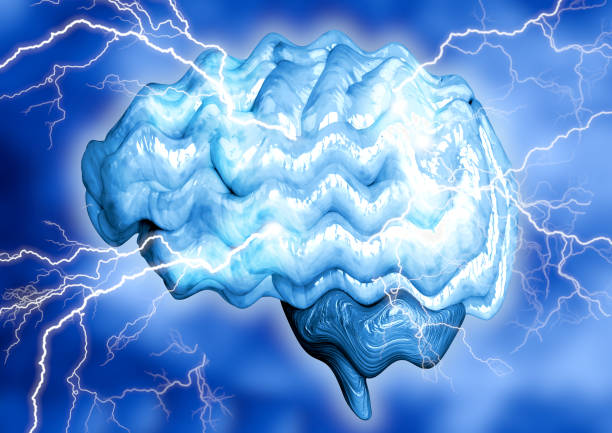Introduction:
Agnosia is a perplexing condition that affects one’s ability to recognize and interpret sensory information, despite having intact sensory organs. This disorder can manifest in various forms, impacting different senses like vision, hearing, and touch. In this comprehensive guide, we’ll shed more light on its causes, symptoms, and potential treatments.
What is agnosia?
This is a neurological disorder that disrupts the process of recognizing and interpreting sensory stimuli, even when the sensory organs themselves are functioning normally. The term “agnosia” is derived from the Greek words “a” (without) and “gnosis” (knowledge), emphasizing the loss of recognition or knowledge associated with sensory input.
Types of Agnosia
- Visual Agnosia:
- Involves difficulties recognizing objects, faces, or shapes despite having normal vision.
- Subtypes include apperceptive visual agnosia, associative visual agnosia, and prosopagnosia (face blindness).
- Auditory Agnosia:
- Affects the ability to recognize sounds, voices, or music.
- Individuals may struggle to identify familiar tunes or understand spoken language.
- Tactile Agnosia:
- Impairs the sense of touch, making it challenging to recognize objects by feeling.
- Patients may struggle to distinguish between textures or identify objects through touch alone.
- Olfactory and Gustatory Agnosia:
- Affects the sense of smell and taste, leading to an inability to recognize familiar scents or flavors
Causes of Agnosia
Agnosia is often associated with damage to specific brain regions responsible for processing sensory information. Brain injuries, tumors, strokes, or neurodegenerative diseases such as Alzheimer’s can trigger this condition. Understanding the root cause is crucial for developing targeted treatment approaches.
Symptoms:
- Impaired Recognition:
- Difficulty recognizing familiar faces, objects, or sounds.
- Confusion with Similar Stimuli:
- Individuals may mistake one object or person for another.
- Preserved Sensory Function:
- Despite the recognition deficit, the sensory organs remain functional.
- Isolation and Social Challenges:
- Struggles in social situations due to difficulties identifying people.
Treatment and Management:
While there is no cure for this condition, rehabilitation strategies can help individuals cope with the challenges associated with the disorder. Speech therapy, occupational therapy, and sensory integration techniques may be employed to improve recognition and enhance the overall quality of life.
Conclusion:
This disorder remains a complex and intriguing neurological condition that highlights the intricate relationship between the brain and sensory perception. Understanding the types, causes, and symptoms is crucial for those affected and their caregivers. While there is no one-size-fits-all solution, ongoing research and therapeutic interventions offer hope for improving the lives of individuals grappling with this mysterious disorder.
Remember, seeking professional medical advice is essential for accurate diagnosis and personalized treatment plans tailored to each individual’s unique needs.
